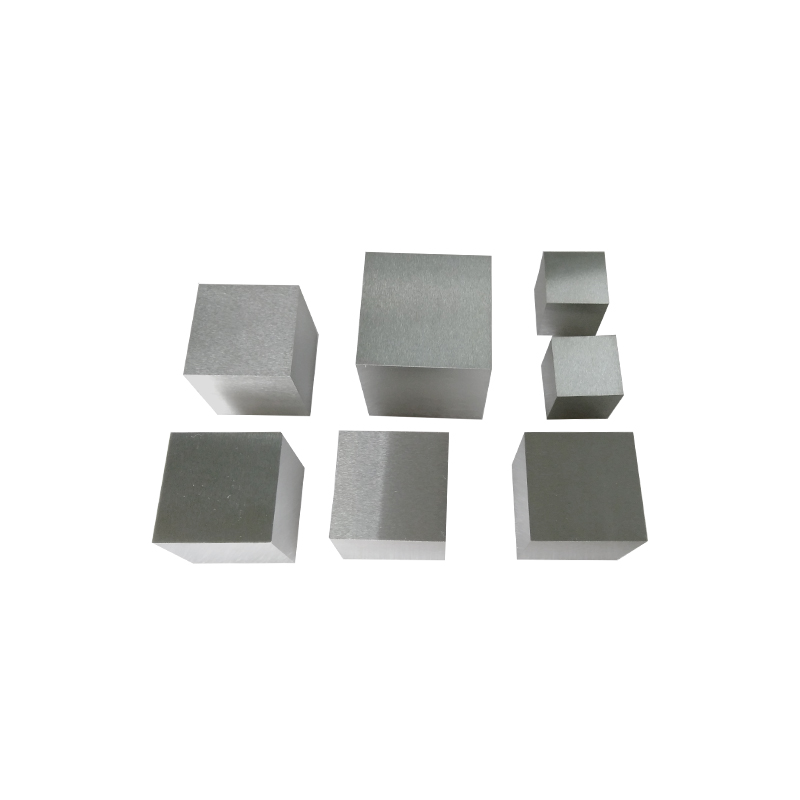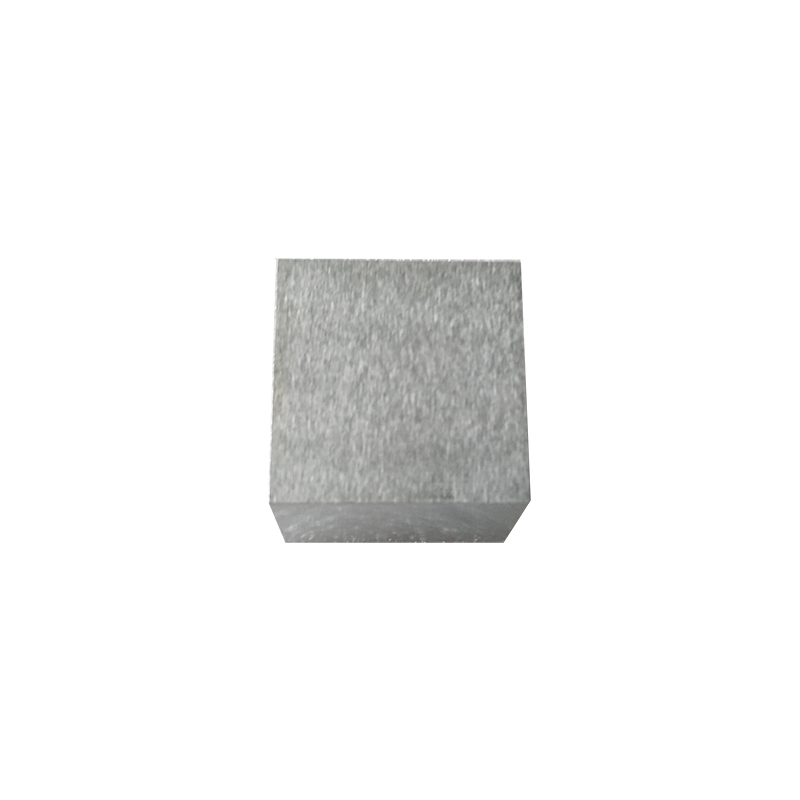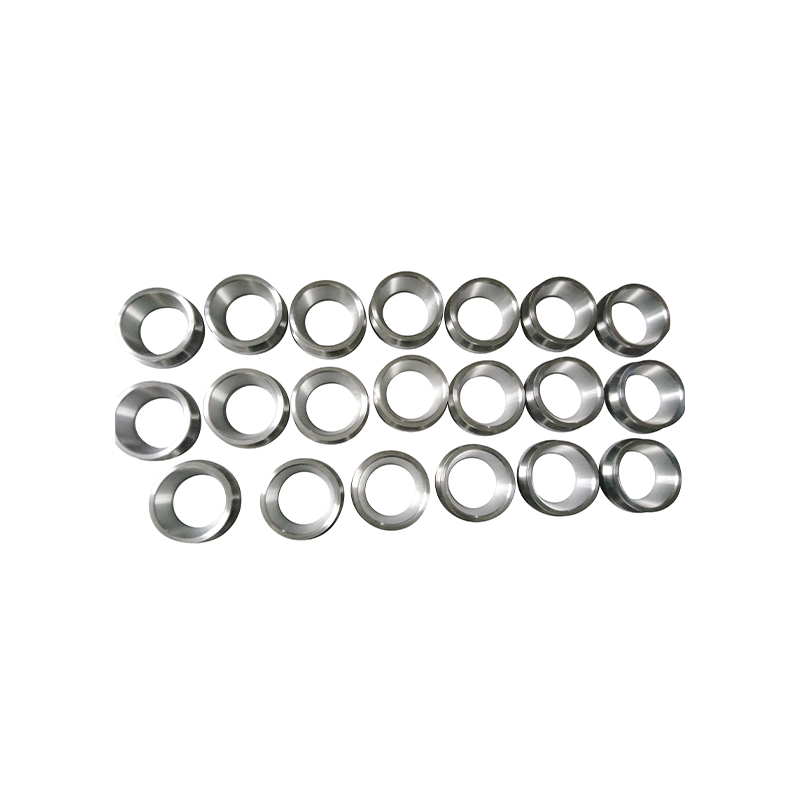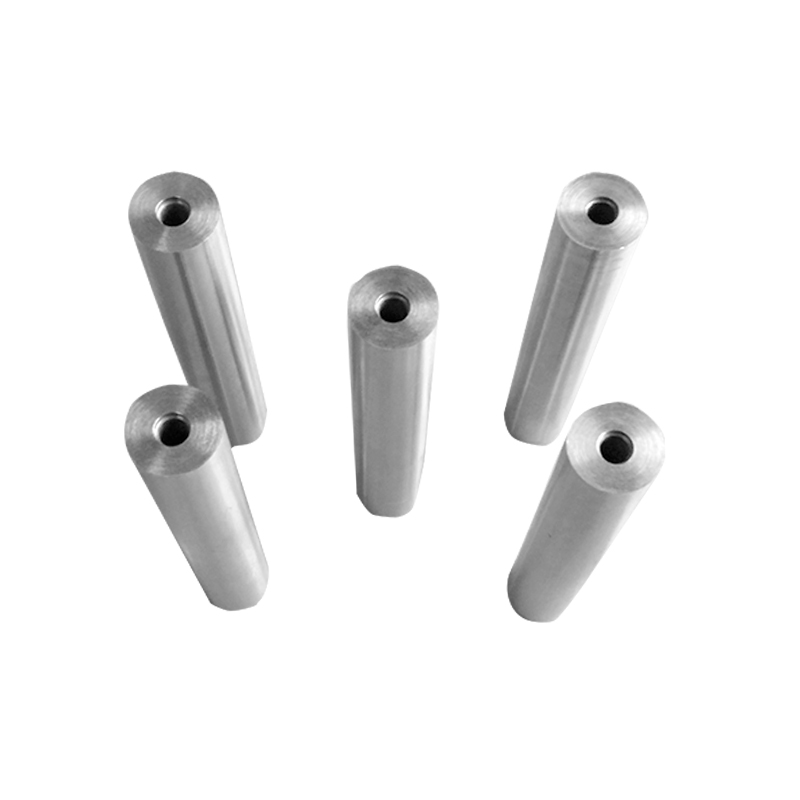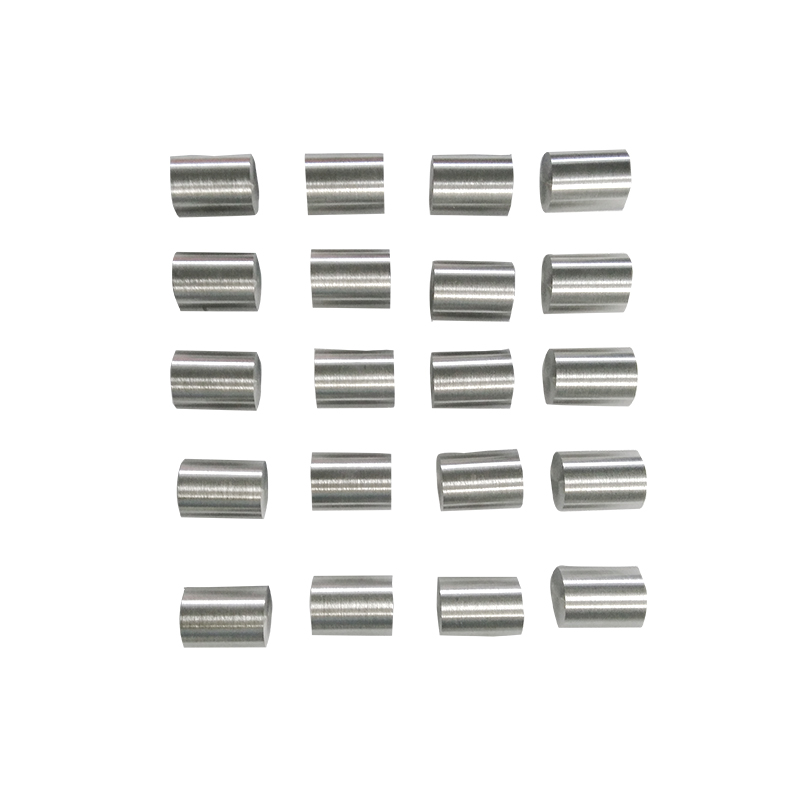Molybdenum plate is a critical material used in high-temperature applications, offering exceptional strength, resistance to heat, and excellent thermal conductivity. However, when compared to other high-temperature metals, how does it measure up in terms of performance, cost-effectiveness, and durability? This article explores the key features of molybdenum plate, compares it with other high-temperature metals, and evaluates its advantages and limitations in various industrial applications.
What is Molybdenum Plate?
Molybdenum is a silvery-white, metallic element with a high melting point of 2,623°C (4,753°F), making it one of the most heat-resistant materials available. Molybdenum plate is manufactured by processing the metal into thin, flat sheets that retain these high-temperature-resistant properties. Due to its impressive strength at elevated temperatures, molybdenum plate is widely used in applications such as aerospace, electronics, and industrial manufacturing, where extreme heat resistance is crucial.
The high performance of molybdenum plate is enhanced by its resistance to oxidation at high temperatures, making it ideal for use in environments that would degrade other metals. Additionally, its relatively low thermal expansion coefficient helps prevent deformation under high thermal stress.
High-Temperature Metals: Key Considerations
When evaluating high-temperature metals, several key factors are taken into consideration, such as:
- Melting Point: The higher the melting point, the more suitable the material is for extreme heat applications.
- Oxidation Resistance: Metals exposed to high temperatures often undergo oxidation, which can weaken their structure and reduce their effectiveness.
- Strength and Hardness: At elevated temperatures, materials should maintain their strength and hardness to avoid deformation or failure.
- Thermal Conductivity: High thermal conductivity ensures efficient heat dissipation, making certain metals more effective for heat exchangers and similar applications.
- Cost and Availability: Cost-effective materials with adequate high-temperature properties are often preferred for mass production in industries like aerospace and automotive.

Comparing Molybdenum Plate to Other High-Temperature Metals
Molybdenum plate competes with several other high-temperature metals such as tungsten, titanium, and Inconel, each of which has distinct advantages in certain applications. Let's compare molybdenum with these materials based on the key factors mentioned above.
Molybdenum vs. Tungsten
Tungsten is a metal with the highest melting point of all metals (3,422°C or 6,192°F), which makes it a primary contender in extreme heat environments. However, tungsten is much denser and more brittle than molybdenum, which can make it more difficult to work with. Tungsten’s superior heat resistance comes at the cost of reduced machinability and higher material costs.
In contrast, molybdenum offers a lower density and is more ductile than tungsten, making it easier to fabricate into complex shapes. Molybdenum is often chosen for applications where a balance of strength, heat resistance, and machinability is required. Molybdenum plates, for instance, are easier to process into thin sheets for use in high-temperature furnace applications or electronics components.
Molybdenum vs. Titanium
Titanium is known for its impressive strength-to-weight ratio and corrosion resistance, making it an excellent choice for aerospace and marine applications. While titanium performs well in moderately high-temperature applications (up to 600°C or 1,112°F), it doesn’t have the same heat resistance as molybdenum, which can withstand temperatures above 2,500°C (4,532°F).
However, titanium has the advantage of being lighter than molybdenum, which makes it desirable in applications where weight is a critical factor, such as aircraft structures. Titanium alloys are also more resistant to corrosion, especially in highly reactive environments, which can be a limitation for molybdenum in some cases.
Molybdenum vs. Inconel
Inconel, a family of nickel-chromium-based superalloys, is renowned for its ability to maintain strength and resist oxidation at extremely high temperatures, often exceeding the performance of molybdenum in certain environments. Inconel alloys are particularly well-suited for applications in gas turbines, rocket engines, and chemical processing where both heat and corrosion resistance are paramount.
However, Inconel alloys are typically more expensive than molybdenum and can be harder to machine, which increases their cost of production. Molybdenum, while not as resistant to oxidation in some cases, offers a more cost-effective solution when high-temperature performance is needed without the extreme corrosion resistance of Inconel.
Applications of Molybdenum Plate in High-Temperature Environments
Molybdenum plate is widely used in industries that require materials to perform in extreme heat. Some of the primary applications include:
- Aerospace: Molybdenum plates are used in aerospace components, including rocket nozzles, heat shields, and engine parts, due to their ability to withstand high temperatures and retain strength under stress.
- Semiconductor Manufacturing: In the electronics industry, molybdenum plates are employed in high-precision processes like sputtering and thin-film deposition due to their excellent thermal conductivity and low thermal expansion.
- High-Temperature Furnaces: Molybdenum plates are used as liners and parts in high-temperature furnaces for metallurgy and material processing, where their resistance to thermal expansion and oxidation is invaluable.
- Military and Defense: Molybdenum is also used in armor-piercing ammunition and other defense applications, where its strength and heat resistance are critical for performance under extreme conditions.
Advantages and Limitations of Molybdenum Plate
Molybdenum plate offers several advantages over other high-temperature metals, particularly in terms of:
- Cost-Effectiveness: Molybdenum is generally more affordable than alternatives like tungsten and Inconel, making it a better option for many industrial applications.
- Ease of Fabrication: Molybdenum is easier to machine and fabricate into thin sheets and complex shapes compared to heavier metals like tungsten.
- Strength at High Temperatures: It can maintain its structural integrity at extremely high temperatures, outperforming many metals in high-heat environments.
However, it also has some limitations:
- Oxidation Resistance: Molybdenum is more prone to oxidation than some other high-temperature metals, particularly when exposed to oxygen at temperatures exceeding 400°C (752°F).
- Lower Corrosion Resistance: Molybdenum does not offer the same level of corrosion resistance as materials like Inconel or titanium, particularly in harsh chemical environments.
- Weight Considerations: While molybdenum is lighter than tungsten, it is still relatively heavy compared to other high-temperature materials like titanium, which may limit its use in weight-sensitive applications.
Cost Comparison: Molybdenum vs. Other High-Temperature Metals
One of the primary advantages of molybdenum plate is its relatively lower cost when compared to materials such as tungsten or Inconel. Tungsten, for example, is much more expensive due to its rarity and its higher melting point, while Inconel’s cost is driven up by its complex alloy composition and superior performance in high-stress environments. Molybdenum offers a more affordable option for many industries, particularly where extreme heat resistance is necessary but cost considerations cannot be overlooked.
For instance, aerospace and electronics industries often turn to molybdenum for high-temperature components when the specific demands of oxidation resistance and strength are balanced against cost. Additionally, in industries where high temperatures are frequent but corrosion resistance is not the primary concern, molybdenum proves to be a more economical choice compared to its more specialized counterparts.
Conclusion: When to Choose Molybdenum Plate Over Other High-Temperature Metals
Molybdenum plate stands out as an exceptional material for high-temperature applications where strength, heat resistance, and machinability are key. While it may not match the extreme oxidation resistance of Inconel or the temperature resilience of tungsten, it offers a practical solution for many industries that require a balance of performance and cost-efficiency. Molybdenum's excellent thermal conductivity, good machinability, and strength at elevated temperatures make it ideal for aerospace, electronics, and manufacturing sectors.
Ultimately, the choice between molybdenum and other high-temperature metals depends on the specific requirements of the application, including factors such as temperature, environmental conditions, weight constraints, and budget. For industries where heat resistance is crucial but corrosion and oxidation are less of a concern, molybdenum provides an effective, cost-efficient alternative to more expensive materials. However, in applications that demand superior corrosion resistance or extreme temperature endurance, other materials such as Inconel or tungsten may be the better choice.
By understanding the unique properties and applications of molybdenum, engineers and manufacturers can make informed decisions about which material is best suited for their high-temperature needs, ensuring both performance and cost-effectiveness.






